Welcome to the world of PC gaming.
Allow me to congratulates you for this huge step in your gaming life even if, you just built your first rig, bought a powerful pre-built, or joined the ranks with a gaming laptop, you’re now part of the most diverse and powerful gaming platform on the planet.
But with that freedom comes a big question: where do you even start?
Many newcomers wonder, “Which is the no. 1 gaming PC?” The truth is, there isn’t one. Unlike the console space, which is largely defined by the “big three”: Sony (PlayStation), Microsoft (Xbox), and Nintendo.
PC gaming isn’t about a single box. The “best” PC is the one you build or buy that fits your budget and goals, customized with the graphics card (GPU) and processor (CPU) that give you the experience you want.
This spirit of openness is what makes PC gaming special. It’s a platform defined not by a single manufacturer, but by the endless variety of its games and the communities that build around them.
To help you go througt this vast ocean, I’ve compiled a list of essential staples. These are the titans of the industry, some old, some new, that showcase exactly what makes playing on a PC an unforgettable experience.
10. Garry’s Mod
A timeless sandbox and a monument to player creativity, Garry’s Mod remains one of the most unique experiences on PC. It has no set objectives; instead, it provides a physics-based playground and a suite of tools to create, well, anything.
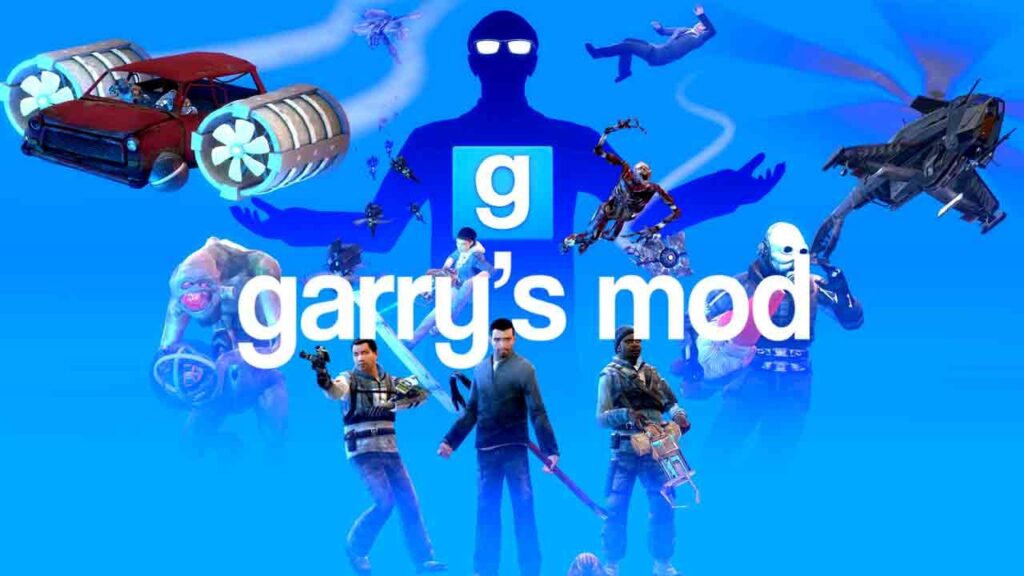
Its power lies in its gargantuan library of community-created mods and game modes. The sandbox allow you to start a roleplay in a busy city, hunt down traitors in Trouble in Terrorist Town, or simply build absurd contraptions with friends, GMod is an endless well of chaotic fun and a perfect introduction to the world of game modding.
9. Tower Unite
For those seeking a purely social experience, Tower Unite is a gem. It’s a community-centric game where the focus is on hanging out, customizing your personal condo, creating a unique avatar, and playing a wide variety of mini-games with friends and strangers.
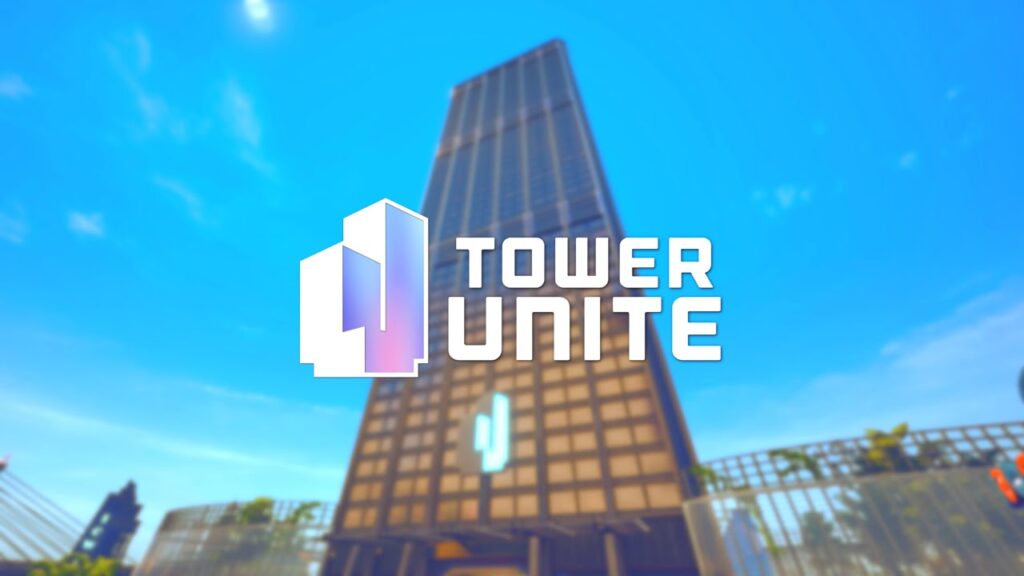
From arcade classics and bowling to unique multiplayer modes like “Virus” and “Ball Race,” Tower Unite is a vibrant virtual theme park with a dedicated and welcoming community.
8. War Thunder
If you have a passion for historical military vehicles, War Thunder is your ultimate destination. This free-to-play title lets you command a massive and ever-growing roster of aircraft, tanks, and warships from nations across the globe.
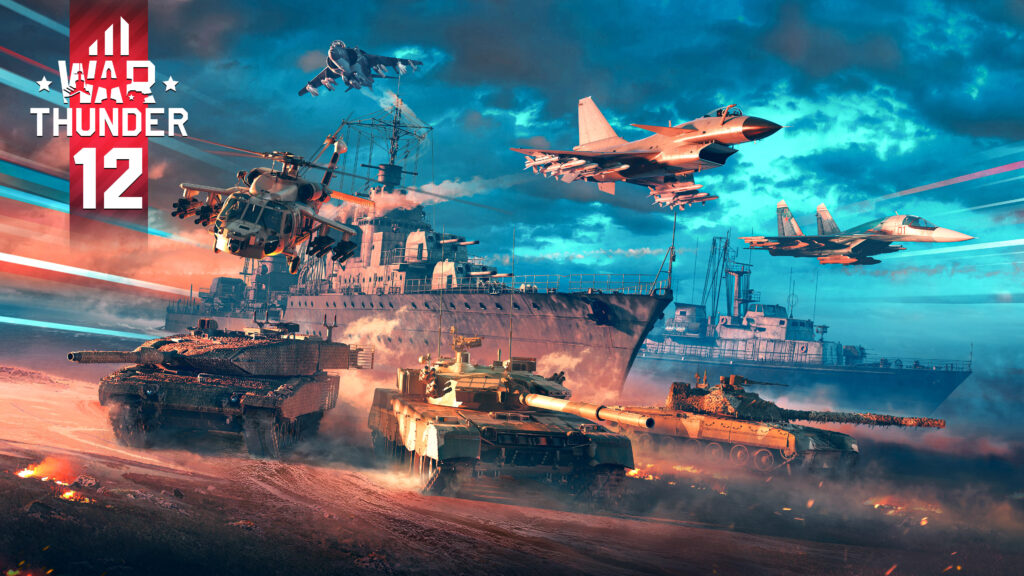
Detailed damage modeling and a commitment to combined arms warfare set it apart and make it truly different.
You’re engaging in intense dogfights, tactical ground battles, or naval skirmishes; War Thunder delivers a fun and deeply strategic combat experience that continues to evolve with regular updates.
7. Elite Dangerous
Have you ever dreamt of charting your own course through the stars? Elite Dangerous offers a breathtaking 1:1 scale simulation of the Milky Way galaxy and gives you a ship and the freedom to do whatever you want.

You can be a fearsome pirate, a cunning smuggler, a deep-space explorer, a galactic tycoon, or an ace fighter pilot. With the addition of the Odyssey expansion, you can now land on planets and explore them on foot, adding a whole new dimension to this incredibly immersive space sandbox.
6. Arma 3 & The Future
Arma 3 simulates war, while many games simulate firefights. This massive-scale military sandbox from Bohemia Interactive emphasizes strategy, communication, and tactics over fast-paced action.
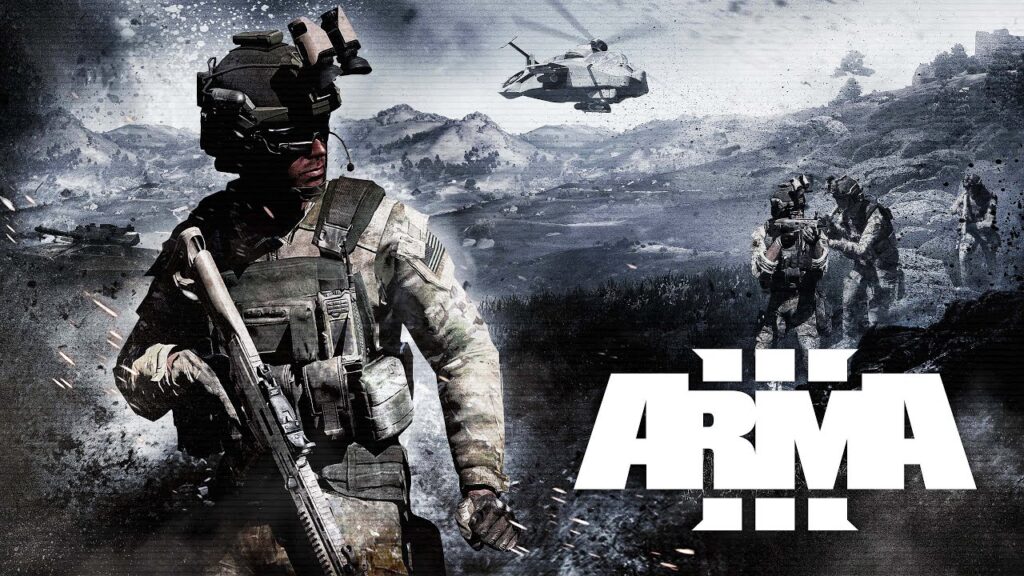
While the base game offers substantial content, Arma 3’s legendary modding community provides its true longevity, creating everything from hyper-realistic military operations to zombie survival scenarios. With its successor, Arma Reforger, now paving the way for tthehe next generation on the new Enfusion engine, the series remains the undisputed king of military simulation.
5. The Paradox Grand Strategy Collection
Paradox Interactive has truly perfected a unique genre of grand strategy games, offering an unparalleled level of depth and player agency. This isn’t just a collection of individual titles; it’s a meticulously crafted ecosystem of experiences that caters to a wide range of historical interests and strategic preferences.
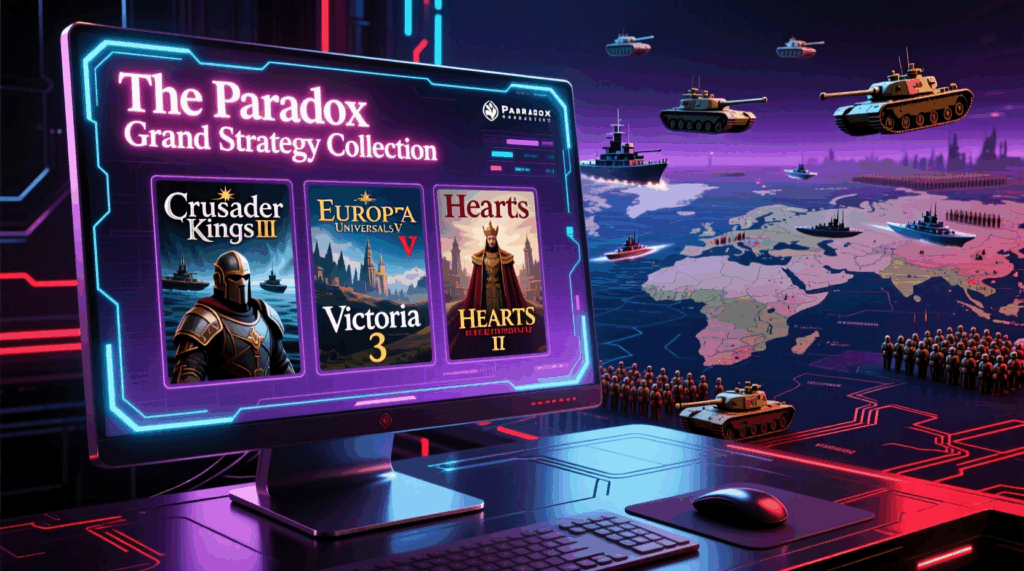
For those drawn to the intricacies of medieval power struggles, Crusader Kings III allows players to not only manage a dynasty but to weave intricate sagas of betrayal, romance, ambition, and religious fervor. Its character-driven gameplay, where personal traits and relationships can be as impactful as military might, sets it apart.
Moving into the age of exploration and global expansion, Europa Universalis IV places players at the helm of a burgeoning nation, challenging them to discover a complex diplomatic webs, engage in colonial ventures, and lead their country through centuries of technological and social change. The sheer scope of its historical simulation is breathtaking, offering countless paths to dominance.
The tumultuous era of the Industrial Revolution comes alive in Victoria 3. Here, the focus shifts to societal management, economic development, and political ideologies. Players must balance the demands of different social strata, manage industrial growth, and navigate the volatile landscape of 19th and early 20th-century geopolitics, often leading to dramatic social upheaval and reform.
For those who yearn to command vast armies and reshape the course of modern history, Hearts of Iron IV provides an incredibly detailed simulation of World War II. From industrial production and logistical nightmares to grand strategic offensives and technological arms races, players are given the tools to rewrite the most devastating conflict in human history.
What unites these diverse titles is their commitment to incredible depth, intricate complexity, and the emergent stories they effortlessly create. Every decision, every war, every diplomatic maneuver contributes to a unique narrative that unfolds differently with each playthrough. This unparalleled replayability, coupled with the constant allure of optimizing one more turn, makes them the ultimate “just one more turn” games for any aspiring strategist, history buff, or armchair general.
4. World of Warcraft (Retail & Classic)
For nearly two decades, World of Warcraft has been a titan of the MMORPG genre, and it’s stronger than ever. The game now exists in two primary forms: the modern “Retail” version, which features years of content, a fast-paced story, and countless quality-of-life improvements through its latest expansions.
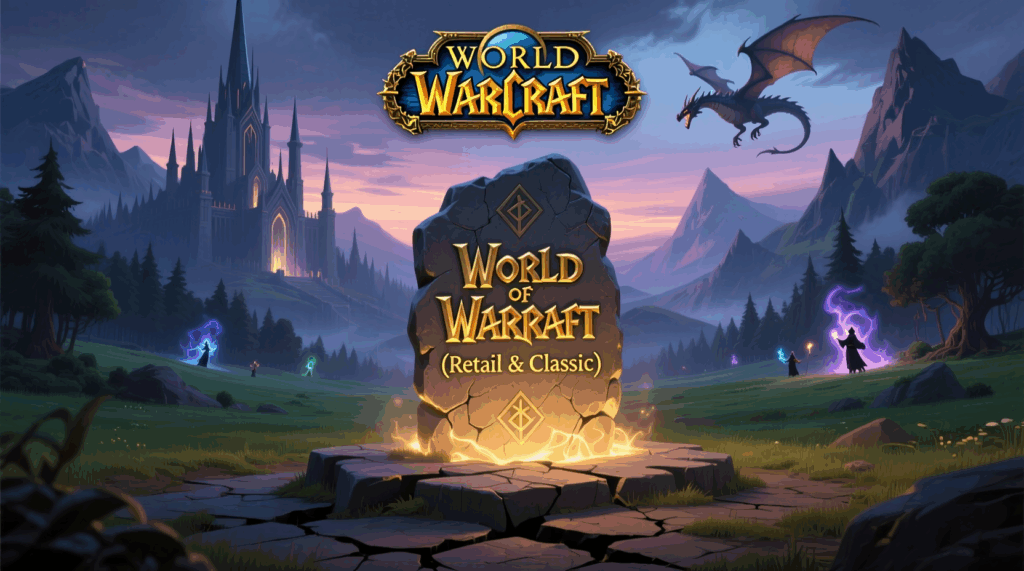
And then there’s WoW Classic, which faithfully recreates the game as it existed in its earliest, most challenging days. Both offer incredible worlds to explore, dungeons to conquer, and communities to join, ensuring its place as an enduring staple.
3. League of Legends
League of Legends stands as a colossal pillar within the esports world and is celebrated as one of the most-played games globally, solidifying its status as a true cultural phenomenon. This free-to-play Multiplayer Online Battle Arena (MOBA) offers an intensely strategic experience where two teams of five formidable players clash in objective-based combat.
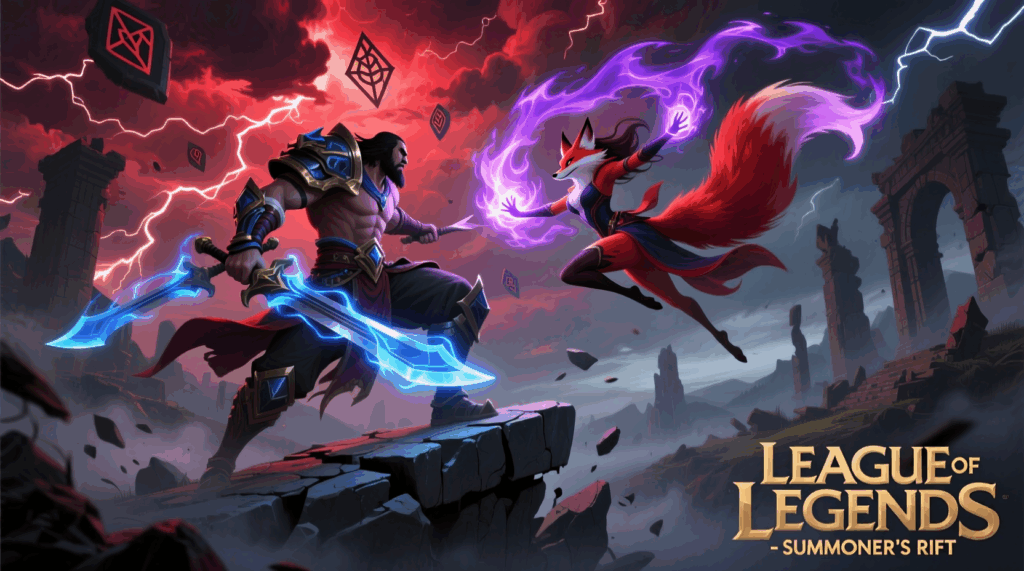
At its core, League of Legends boasts an expansive and ever-growing roster of over 160 unique champions. Each champion possesses distinct abilities, playstyles, and lore, offering players a virtually limitless skill ceiling to explore and master. From nimble assassins and powerful mages to unyielding tanks and cunning supports, the diverse champion pool ensures a fresh and engaging experience with every match. Mastering these champions, understanding their synergies, and adapting to ever-evolving metas are key to achieving victory in the Summoner’s Rift.
Beyond its traditional MOBA gameplay, League of Legends also spawned Teamfight Tactics (TFT), an immensely successful auto-chess mode. Set within the same rich universe, TFT provides a more relaxed yet equally strategic experience, allowing players to draft and position champions on a chessboard-like arena to battle against opponents. Its runaway success demonstrates the versatility and appeal of the League of Legends IP, attracting a different segment of players who enjoy strategic depth without the intense real-time action of the main game.
The competitive scene surrounding League of Legends is unparalleled, with professional leagues and international tournaments drawing millions of viewers worldwide. The dedication of its player base, the constant influx of new content, and the strategic depth of its gameplay all contribute to its enduring legacy and position as a titan in the gaming industry.
2. Counter-Strike 2
Counter-Strike 2, launched in 2023, has transformed Counter-Strike, the undisputed king of tactical shooters. This highly anticipated successor replaced the legendary CS:GO, signaling a new era for the beloved franchise as it transitions to the powerful and modern Source 2 engine.
While the core gameplay experience a tense, high-stakes, and deeply skill-based competition remains the unwavering foundation that has captivated players for decades, CS2 introduces a suite of significant upgrades that redefine the competitive landscape.
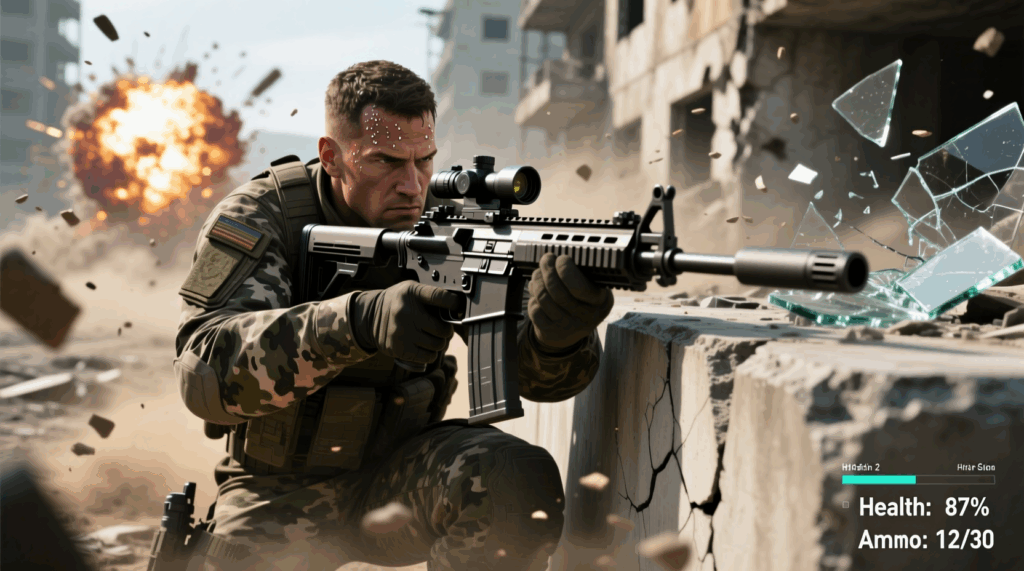
Among the most impactful enhancements are the revolutionary sub-tick servers. This groundbreaking technology ensures that every action, from a precise headshot to a perfectly timed grenade throw, registers with unprecedented accuracy and responsiveness, eliminating the perceived delays that could sometimes plague previous iterations. This level of precision elevates competitive integrity and rewards player skill more consistently than ever before.
Furthermore, Counter-Strike 2 introduces dynamic smoke physics, a game-changer for strategic gameplay. Unlike the static smoke clouds of CS:GO, smoke in CS2 reacts realistically to bullets and explosions, creating dynamic voids and shifting cover. This new mechanic opens up a wealth of fresh strategic possibilities, forcing players to adapt their tactics and offering innovative ways to control sightlines and push objectives.
Beyond these technical advancements, players are greeted with a complete visual overhaul. Leveraging the capabilities of the Source 2 engine, maps, character models, and weapon skins have been meticulously redesigned with enhanced fidelity, lighting, and environmental details. This not only makes the game more visually stunning but also improves clarity and readability during intense firefights.
In essence, Counter-Strike 2 is more than just an update; it’s a comprehensive evolution. It continues to be the ultimate test of aim, requiring pinpoint accuracy and lightning-fast reflexes. It demands seamless teamwork, where coordinated pushes, effective communication, and strategic utility usage are paramount.
1. The Rise of the Gacha Powerhouses: Genshin Impact & Honkai: Star Rail
A modern list of essential PC games would acknowledge the meteoric rise of high-production-value gacha games. What began as a niche, mobile-focused genre has exploded into a global phenomenon. These titles now boast dedicated, stunning PC clients and account for a significant share of the current gaming landscape. Their sophisticated graphics, engaging gameplay loops, and compelling narratives have shattered the perception that free-to-play games are inherently of lower quality.

Genshin Impact, an open-world action RPG, leads the charge in this new wave of PC gaming and has captivated millions. Its vibrant, sprawling world of Teyvat offers a masterpiece of environmental design, giving countless hours of exploration across diverse regions, each with unique cultures, lore, and challenges. The game’s fluid, element-based combat system allows intricate team compositions and strategic thinking, as players chain elemental reactions to overcome formidable foes. Genshin Impact continually updates with new characters, quests, and regions, providing a never-ending stream of content that keeps players invested. Its rich lore, memorable characters, and stunning orchestral soundtrack contribute to an immersive experience that rivals many full-priced AAA titles.
Honkai: Star Rail follows in Genshin Impact’s footsteps, building on its success. This polished turn-based RPG transports players to a captivating sci-fi universe aboard the Astral Express. Its narrative highlights, weaving intriguing mysteries, compelling character arcs, and a touch of lighthearted humor. The strategic combat system demands careful planning and resource management, as players assemble teams of diverse characters, each with unique abilities and roles. Honkai: Star Rail’s visual presentation impresses, with high-quality character models, detailed environments, and flashy combat animations that make every encounter feel impactful. Like Genshin Impact, it offers hundreds of hours of story and exploration content, continually expanding its universe with new planets, characters, and events.
Both Genshin Impact and Honkai: Star Rail are free-to-play, making them accessible to a broad audience, and offer hundreds of hours of story and exploration content without requiring players to spend money. Their monetization models, while centered around the “gacha” mechanic of random draws for new characters and weapons, are designed to be player-friendly, allowing dedicated players to experience much of the content without significant financial investment. They have transcended their origins to become cultural touchstones for a new generation of PC gamers, fostering massive online communities, vibrant fan art scenes, and competitive esports ecosystems.
Their impact on the gaming industry is undeniable, proving that free-to-play games can deliver experiences that are just as deep, engaging, and visually stunning as their premium counterparts.
